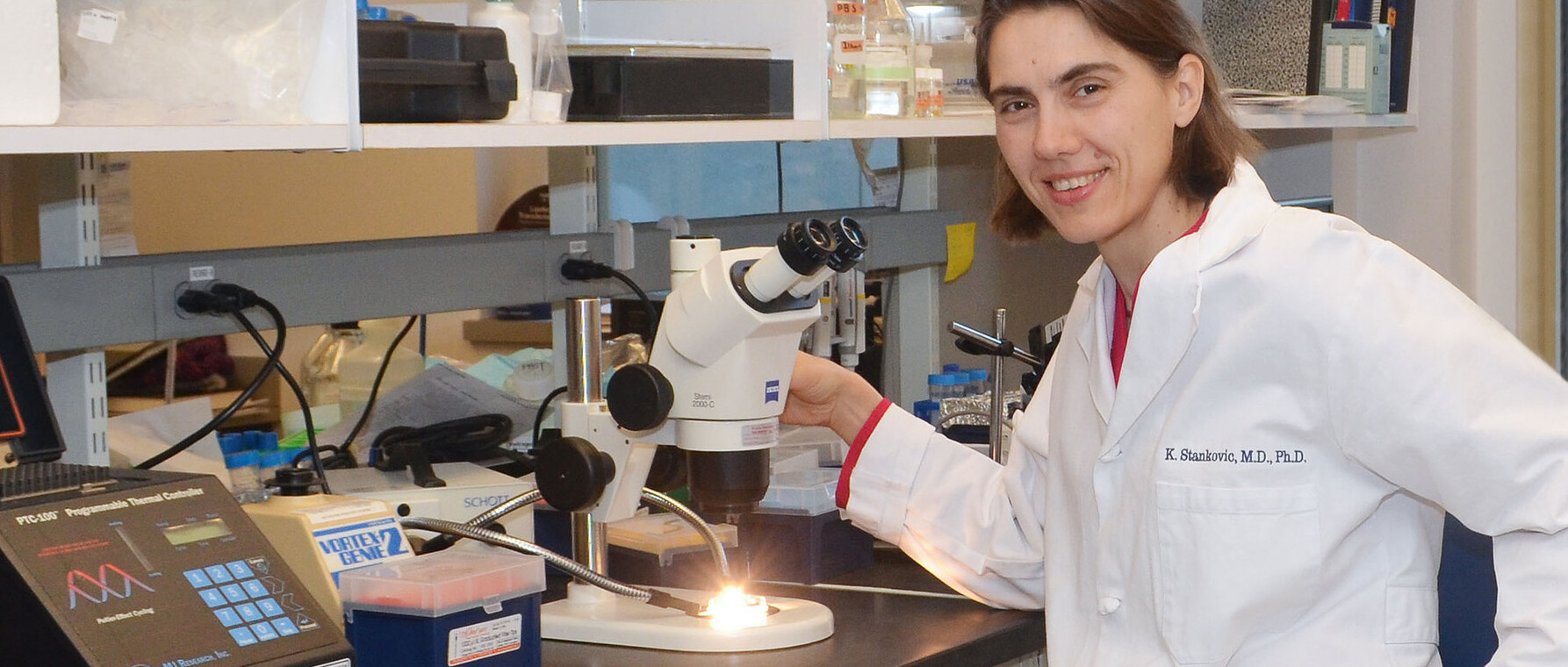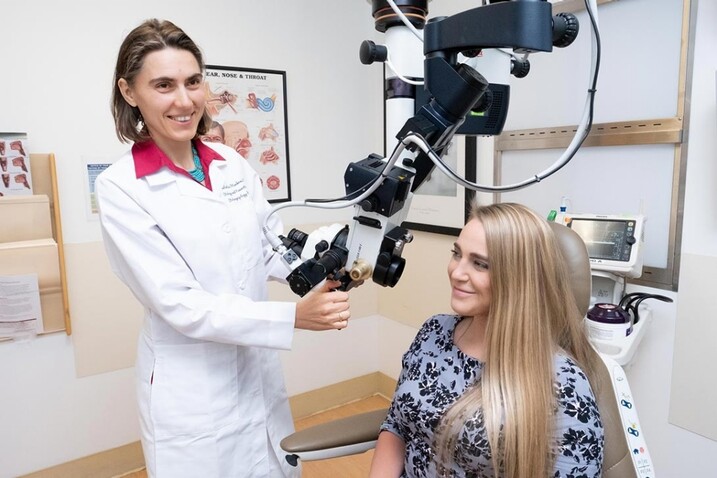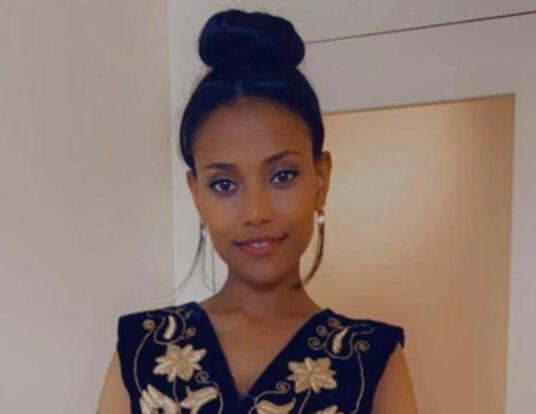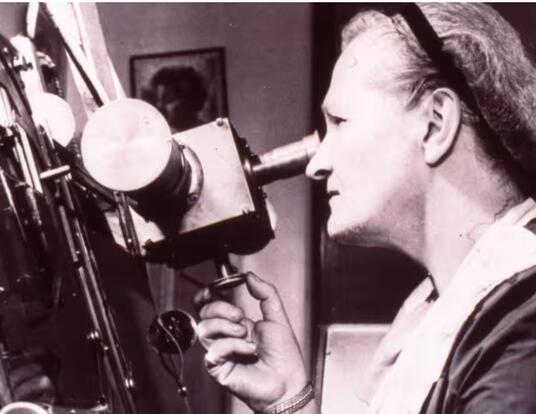Healing our Hearing
Harvard Griffin GSAS Voices: Konstantina Stankovic, PhD ’98

Research at Risk: Since World War II, universities have worked with the federal government to create an innovation ecosystem that has yielded life-changing progress. Now much of that work may be halted as funding is withdrawn. Find out more about the threats to medical, engineering, and scientific research, as well as how Harvard is fighting to preserve this work—and the University's core values.
Throughout its 150th anniversary year, Harvard Griffin GSAS is foregrounding the voices of some of its most remarkable alumni and students as they speak about their work, its impact, and their experiences at the School.
Konstantina Stankovic is the Bertarelli Foundation Professor and chair of the Department of Otolaryngology—Head and Neck Surgery at Stanford University School of Medicine, where she directs a research lab and the Stanford Initiative to Cure Hearing Loss. She talks about her work studying the inner ear, projects to improve the diagnosis and treatment of hearing loss, and valuable lessons learned as a Harvard-MIT PhD student.
Meeting a “Major Medical Need”
Hearing is important to humans’ survival as a species because it allows us to develop speech, to detect sounds regardless of whether we are awake or asleep. We know a lot about how hearing works in terms of its physiology and its anatomy, but we’re limited in what we can do to help people with hearing loss, the most common sensory deficit in the world. One and a half billion people are afflicted by hearing loss, and of those, it disables half a billion. The World Health Organization estimates that one billion young people are at risk for hearing loss, primarily due to recreational exposure to loud sounds.
Most hearing loss originates from the inner ear, a small and delicate organ that we can’t routinely biopsy today and whose cells we cannot see in living people. Moreover, there are no approved drugs to treat this “sensorineural hearing loss.” One problem is that the cochlea, which is the human organ of hearing, is very small—in cross-section, it is about the size of Lincoln’s upper face on a penny. Tissue biopsy would damage it. It’s also an extremely sensitive organ encased in bone and covered by your skull. That makes it difficult to observe.
At Stanford, I run my own research lab that’s focused on hearing restoration as well as the Stanford Initiative to Cure Hearing Loss, which includes over 100 researchers. We use a variety of different approaches to solve the major unmet medical needs in the hearing field, which is the need to see cells in a living human inner ear and the need to biopsy it so we can make precise diagnoses. We also work on molecular therapeutics that can prevent or treat hearing loss.

Pathways to Promising Projects
One of the most exciting projects we’ve been working on at Stankovic Lab is a collaboration with Harvard Medical School (HMS) Professor Gary Tearney at Massachusetts General Hospital (MGH). We are developing an imaging probe that we can insert into a living human inner ear to see what’s wrong. (Today, the only way to know this is by studying autopsy specimens that have been donated to science.) This is technologically challenging because we need a probe that is small enough not to cause damage and flexible enough to spiral around and see cells and tissues. We’re currently testing this probe in human cadavers, and we’re hopeful that within two years we’ll be testing it in living people.
Another project is identifying drugs that would be relevant for hearing preservation or hearing restoration. We focus on drug repurposing, or using drugs that are already approved for other diseases and seeing if they can help with hearing loss. One drug that looks very promising is a medication that lowers blood pressure.
Sometimes, people develop intercranial tumors that cause hearing loss. Using a mouse model, and in collaboration with Lei Xu of MGH, another HMS professor, we found that a blood pressure-lowering drug called losartan could prevent tumor-induced hearing loss. We’re designing a prospective clinical trial to determine whether this medication works reliably. It's an exciting possibility to preserve people’s hearing.
In collaboration with Professor Anantha Chandrakasan of MIT, we were also involved in developing a prototype chip for a fully implantable cochlear implant. Ten years later, others have made related devices commercially available. Research in academia must inspire the industry to develop devices so patients can access new treatments and therapies.
Overall, I am proud of our research teams’ commitment and the great young colleagues we have trained and introduced to the field.
Branching Out
I was in the first class of the PhD Program in Speech and Hearing Bioscience and Technology, which at the time was a combined Harvard and MIT initiative. It was an exciting time. There were only seven of us and we became a tight-knit group of friends. We took all of our classes together and enjoyed each other’s company.
Graduate school’s greatest impact on me was the way it taught me to continuously learn. As a doctor and scientist, I constantly have to learn about new developments that affect my clinical work and my research. Since I left Harvard, for instance, there have been great strides in gene editing and immunotherapy. Being open-minded and curious are some of the most important lessons I learned during my PhD work, and I incorporate them into my life and career every day.
Get the Latest Updates
Join Our Newsletter
Subscribe to Colloquy Podcast
Simplecast





